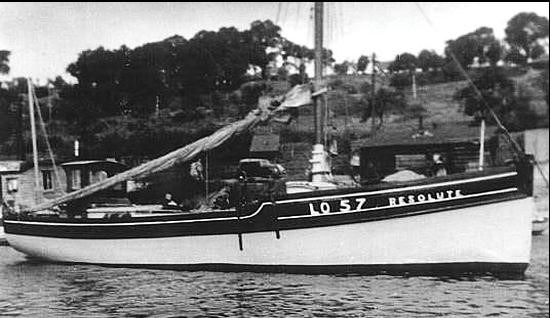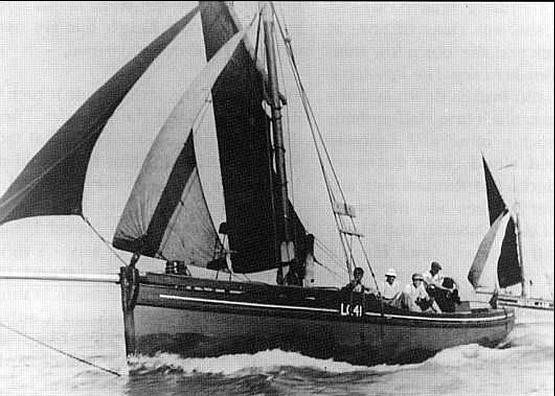Enrichment / Collegiate System
For any queries about Enrichment please see Mr Lilleker, Assistant Principal.
Students at Belfairs Academy are assigned to a college on entry into the Academy. The college system promotes healthy competition, the meeting and mixing of students across different subject areas, and the sharing of non-academic interests, sporting challenges, and a vast array of activities to suit all interests.
As well as being members of a college family within the Academy we also encourage our students to engage in activities outside the Academy. We have become an important part of our local community and have worked hard to foster positive and productive relationships with a network of businesses, schools, and Universities for the benefit of our students. As the Academy grows, we will expand these links and develop further opportunities to raise achievement, student aspiration and access to the world of work and higher education.
Parents and other community leaders are actively encouraged to fully support and play their part in reinforcing the ethos, values and high expectations of the Academy and to become involved in the life of the Academy in a variety of ways.
Students can earn value points for their college, through demonstrating our academy’s core value’s (Commitment, Respect, Excellence, Self-Belief and Strength) in their learning.
Charities:
Defender – Little Havens
Resolute – Dog’s Trust
Endeavour – Teenage Cancer Trust
The history behind our colleges:
The colleges were named after local boats that rescued soldiers from the Dunkirk beaches in 1940; Resolute, Defender and Endeavour. The Academy felt that the symbolic representation should have a historical resonance with the locality, hence the nautical relationship which the area has been traditionally associated with over the years.
“My family would like Belfairs to know that we think it is wonderful that the Dunkirk Little Ships will be remembered in this way, and how immensely proud we are to be a part of the naming of the three colleges” – N. Lewis, great niece of Leslie Osborne, sailor of the Renown
History of Defender
Defender was built in 1920 by Haywood, of Leigh-on-Sea in Essex, gaff cutter rigged, with a short mast, bowsprit, three foresails and a powerful diesel engine. Traditionally, the Leigh cockle boats were only 36 feet long and not only had a shallow draft, but were also light, so that they could be beached as the tide went out, allowing their crews to collect the cockles before the tide came in to refloat their craft.
Defender was the first of a new design, which was heavier, so that she could carry a crew of up to ten. This was to enable her to be more productive. But they soon discovered that her greater weight meant that she had to be beached further out, with a longer walk for her crew and a shorter time before the tide refloated her. Only two of the new design were ever built.
On 31st May 1940, she and her sister ships left for Dunkirk. Defender carried one RNVR officer, Sub Lieut. Soloman – later to receive the Navy’s Distinguished Service Cross for valour – in charge of the Leigh cockle boats Letitia, Renown, Endeavour, Reliance and Resolute. Between 1820hrs and 1840hrs the flotilla had scattered during an enemy air attack. By 1850hrs RAF Spitfires had driven off the attackers and 5 Dorniers had crashed into the sea. At 1915hrs the flotilla, now reunited, reached Dunkirk Roads but found it impracticable to work off the beach. At 2130hrs they therefore started embarking troops from outside the jetty and transferring them to the schuyt Tilly and other ships. By 2240hrs the strong swell made work from the outside of the mole difficult, so they entered the harbour in formation and loaded troops to be transferred to other ships, including the Sarah Hyde and the Ben & Lucy.
At 0300hrs it was time to return to Ramsgate where Defender arrived in company with Resolute, landing her load of soldiers, including the Colonel commanding the Royal Worcestershire Regiment, several officers of the Cameron Highlanders and 60 men. In all, the Leigh Cockle ships had rescued about 1,000 soldiers.
History of Resolute
During the war the Resolute continued fishing all the year round. At that time there was an honorary ‘Commodore’ appointed at Leigh, who determined where they could fish on a particular day. Forty-nine years later, the 68-year-old Eric Osborne recalled how he came into harbour on the last day of May 1940 to be told that the Navy at Southend, just down river, wanted their boats with volunteer crews to go to Dunkirk. They were to be at the pierhead, ready for sea, by eight o’clock on Friday morning. Once there, Naval ratings provided drums of fuel, rations and an extra deckhand.
The Resolute sailed line-ahead for Dunkirk, which they easily recognised in a mass of flames and covered with a pall of smoke from the burning oil storage tanks. She was told to go to the beach, but the tide was ebbing fast and the fishermen were too canny to get grounded with a full load of troops, a sitting target for the German bombers. So she went to the outside of the Mole of Dunkirk harbour instead. Although the sea was calm, there was a 4ft swell and she had no ladders.
There was no option but to go inside. She embarked a full load of soldiers which they ferried to a trawler anchored some way off. Then a second load to a coaster and then a third. By then it was dark and she went inside once more. A destroyer lay sunk across the entrance, oil barrels and debris floated on the oily water. On one side of the harbour one of the Eagle steamers lay sinking after a bomb scored a direct hit down her funnel. The debris of vehicles showed here and there above the water. Marked by their phosphorescent wake and after picking their way through this mess, she drew alongside the pier. The fishermen decided to go ashore, partly so that they could say they had been on French soil and partly to persuade the reluctant soldiers to come aboard to head for Ramsgate.
Admiral Ramsey, who as Vice-Admiral Dover, was in command of ‘Operation Dynamo’ had high praise for the Leigh Cockle Bawley boats – “The conduct of the crews of these cockle boats was exemplary. They were all volunteers who were rushed over to Dunkirk in one day. Probably none of them had been under gunfire before and certainly none of them under Naval discipline. These were Thames estuary fishing boats which never left the estuary and only one of their crews had been further afield than Ramsgate. Yet they maintained perfect formation throughout the day and night and all orders were obeyed with great diligence even under shellfire and aircraft attack.”

History of Endeavour
Endeavour, with skipper F. Hall, was one of the little fleet of Leigh Cockle Bawley boats that set out in convoy at half past midnight on 31st May 1940 for Dunkirk. They went under engine power that night in order to keep in convoy under command of their Naval Lieutenant. They were soon attacked from the air, but the Royal Air Force provided cover for them.
The Endeavour played her full part; first in embarking soldiers from the beach and then, as the tide went out and threatened to strand them, from the Mole and finally from the inner harbour of Dunkirk.
Her rudder was smashed during the rescue operations and, together with Letitia and Renown, she was towed back by the coaster Ben & Lucy which had been ferrying troops from the beaches all the previous day before working almost exclusively with the cockle boats.
Unlike the ill-fated Renown, the Endeavour got back to Ramsgate safely with her load of soldiers, to be congratulated for her valiant efforts. After the war Endeavour went fishing on the South coast of England and changed owners several times. In 1986 she won two prizes in a trawler race, with a fancy dress competition for her crew.
A year later she sank in the great storms of 1987, when tied up at Thunderbolt pier off Chatham Historic Dockyard. The Nautilus Diving Club, with Thames-side sub-aqua divers and some huge inflatable bags, raised her in a two-day exercise which began at midnight. It was all done free of charge and for the love of a great old boat.
Although she was saved, a lot of work was necessary to restore her, and she remained at Chatham Historic Dockyard for some years. Due to reorganisation the Endeavour was required to be moved to Beacon Boatyard on the Medway. She was taken over by the Dunkirk Little Ships Restoration Trust and was bought from them by a private owner determined to restore her to her original glory. Currently the Endeavour belongs to a local charity and is moored at Leigh Marina.







